Everyone wants to restart the economy safely. Everyone. The question isn’t “if”, it’s “when” and “how” and somehow that’s when politics gets involved. So, let’s stop pointing fingers at “others” and blaming them for the world’s woes. Now is the time to work together and create a plan to address the “when” and “how” questions. And here’s a plan for doing that.
Step 1: No More Blanket Mandates
Blanket mandates only work for everyone who is average, and most people are not average. Like most blanket policy mandates, blanket COVID-19 mandates are too strict for some people, and too lenient for others. So how do we get closer to a mandate that works for all? We need to start by acknowledging that everyone is different and exploiting those differences to transform the country’s healthcare and welfare systems (see Figure 1).
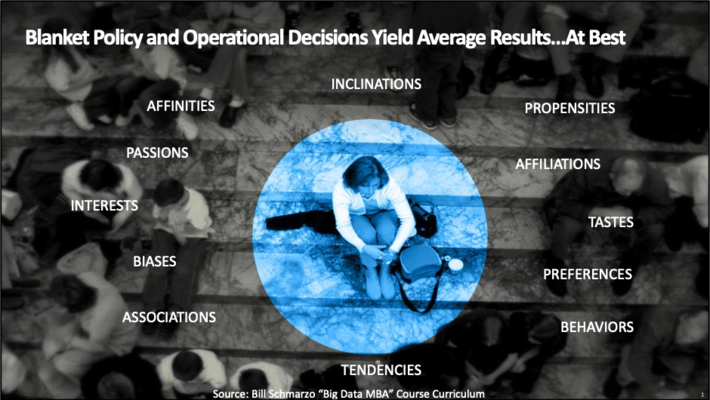
Figure 1: Role of Analytic Profiles to Drive Digital Transformation
See the blog “Analytic Profiles: Key to Data Monetization” to better understand the role of Analytic Profiles to drive hyper-focused, highly-personalized operational decisions that drive digital transformation.
Step 2: Acknowledge Innovation Comes from Embracing Diverse Perspectives
“All ideas are worth of consideration.” Maybe the most powerful statement in driving innovation is the realization that sometimes the best ideas don’t come from the top of the organization or the senior most people in the room (or country). Many times, the best ideas germinate from the diversity of perspectives at the front-lines where experienced practitioners are trying, learning, improvising and adapting to critical circumstances, sometimes in near real-time. It’s these front-line practitioners who will ultimately lead the transform of the healthcare industry’s economic value curve (see Figure 2)!
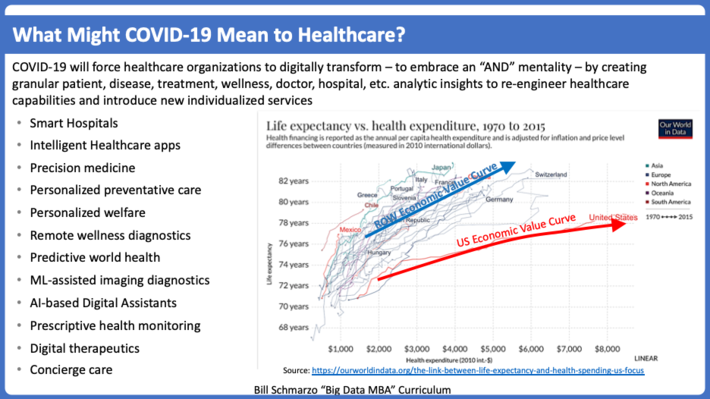
Figure 2: Embrace Conflict and Diversity to Transform Your Economic Value Curve
Economic Value Curve transformation occurs when conflicting constraints force key stakeholders to think out of the box and their comfort zones and into zones of ideation, collaboration and innovation. See the blog “Using the Economics Value Curve to Drive Digital Transformation” to learn how the automobile industry embraced conflict to transition from an economic value curve built around “mileage OR horsepower” to a new economic value curve that enable “mileage AND horsepower”.
Step 3: Apply Design Thinking to Move from “Least Worst” to Best “Best Option”
Now is the time to leverage Design Thinking to synergize across those diverse perspectives to uncover and nurture ideas that might yield better outcomes. Design Thinking leverages collaboration, ideation and group dynamics to create an environment for embracing the power of “Might” – that this data or variable might be a better driver of outcomes. Remember, if you don’t have enough might moments, you’ll never have any breakthrough moments.
It is necessary for organizations to realize and acknowledge that it takes diverse perspectives to fuel these might moments. Instead of immediately taking offensive at someone who disagrees with you, take the time to consider their rationale and seek to understand how it might be blended with your idea to come up with something better. Don’t settle for the Least “Worst Option”. Instead, actively seek and collaborate for the Best “Best Option” (see Figure 3).
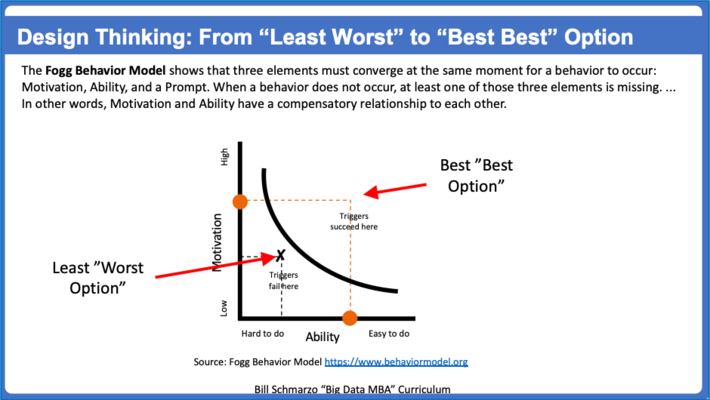
Figure 3: Apply Design Thinking to Transition from “Least Worst” to Best “Best Option”
Learn more on this concept from the blog “How Organizations Can Leverage Design Thinking to Avoid “Least Wors….”
Step 4: Embrace Art of Thinking Like a Data Scientist
Now, let’s marry all this creative thinking with data science to create a COVID-19 At-Risk Score for everyone in the country (or the world…this methodology scales nicely). In much the same way that Fair Isaac transformed the credit industry with their FICO Credit Score (the FICO Credit Score measures the likelihood that someone will repay their loan), we can integrate the growing wealth of individual health and wellness data with modern advanced analytic techniques (machine learning, deep learning, reinforcement learning) to create a COVID-19 At-Risk score for everyone (that measures the likelihood that any particular individual might contract COVID-19). See Figure 4.
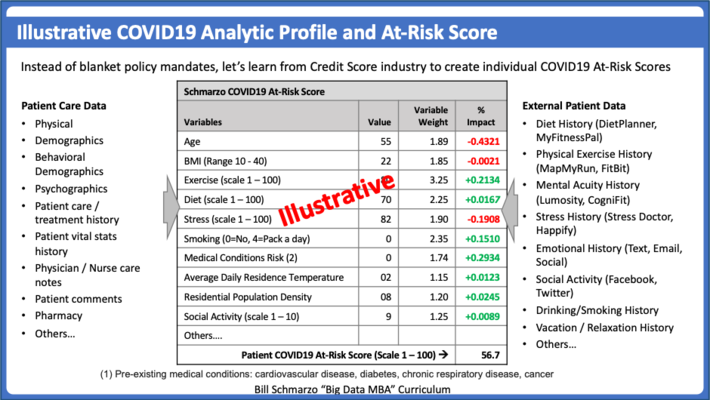
Figure 4: Creating a COVID19 At-Risk Score for Everyone
In the Figure 4 illustrative example, the patient can see how the different variables impact their COVID-19 At-Risk Score and can therefore take preventative actions (like exercise more, lose some weight or practice yoga to destress) to reduce their susceptibility to COVID-19. See “Thinking Like A Data Scientist Part III: The Role of Scores” for more details regarding the role of scores in getting your business stakeholders to “Think Like A Data Scientist.”
Step 5: Create a Continuous Learning Environment
Finally, we need to create an environment of continuous learning, where experienced practitioners are trying, learning, improvising, adapting and sharing their learnings with the broader community in an open and transparent environment. When we enable that, we exploit the magic of compounding little improvements driven by continuous learning. As Albert Einstein once: “Compounding is the eighth wonder of the world. He who understands it, earns it … he who doesn’t … pays it.” See Figure 5.
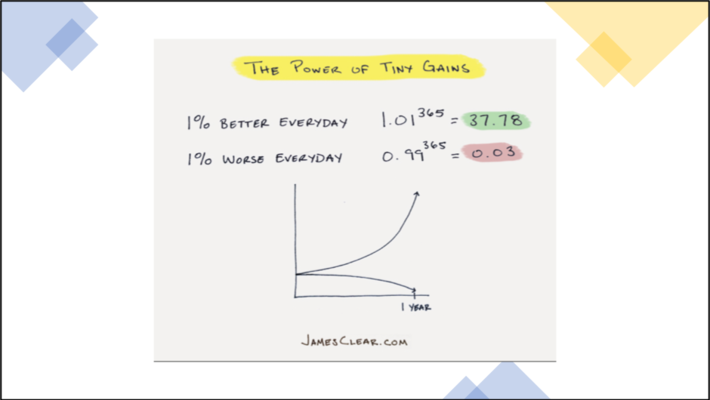
Figure 5: The Power of Compounding 1% improvements
A 1% improvement compounded 365 times yields a 37.78x (times) improvement! Dang, I love math! See the blog “Smart Manufacturing and What It Means to Win the 1% Race” for more details about the game-changing potential of the economies of learning and the related compounding of small learnings.
Summary: Creating a COVID-19 At-Risk Score
I’ve been talking about many of these concepts for years, and even included links to some blogs that provided more details on how we can create a COVID-19 At-Risk Score by combining the diversity of perspectives, the power of analytic profiles and the magic of compounding to digitally transform the healthcare industry’s economic value curve.
But we must be ready to embrace perspectives different than our own, and “unlearn” old beliefs about making blanket policy and operational decisions. We must be willing to “learn” a new approach that builds off of the capabilities of Data Science, AI and ML to create hyper-focused, highly-personalized policy and operational decisions. And in the end, we’ll transform the country’s healthcare economic value curve and learn to “do more with less” in an age where that will be the new mandate.
